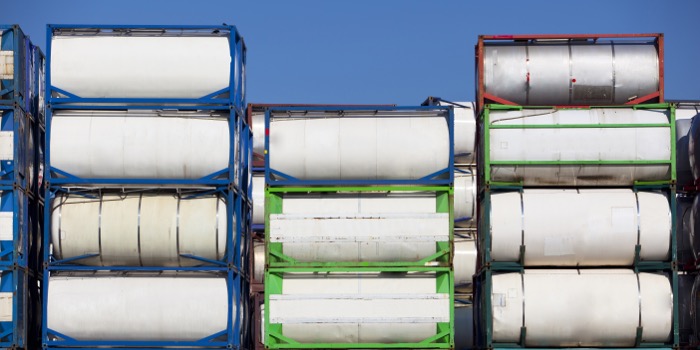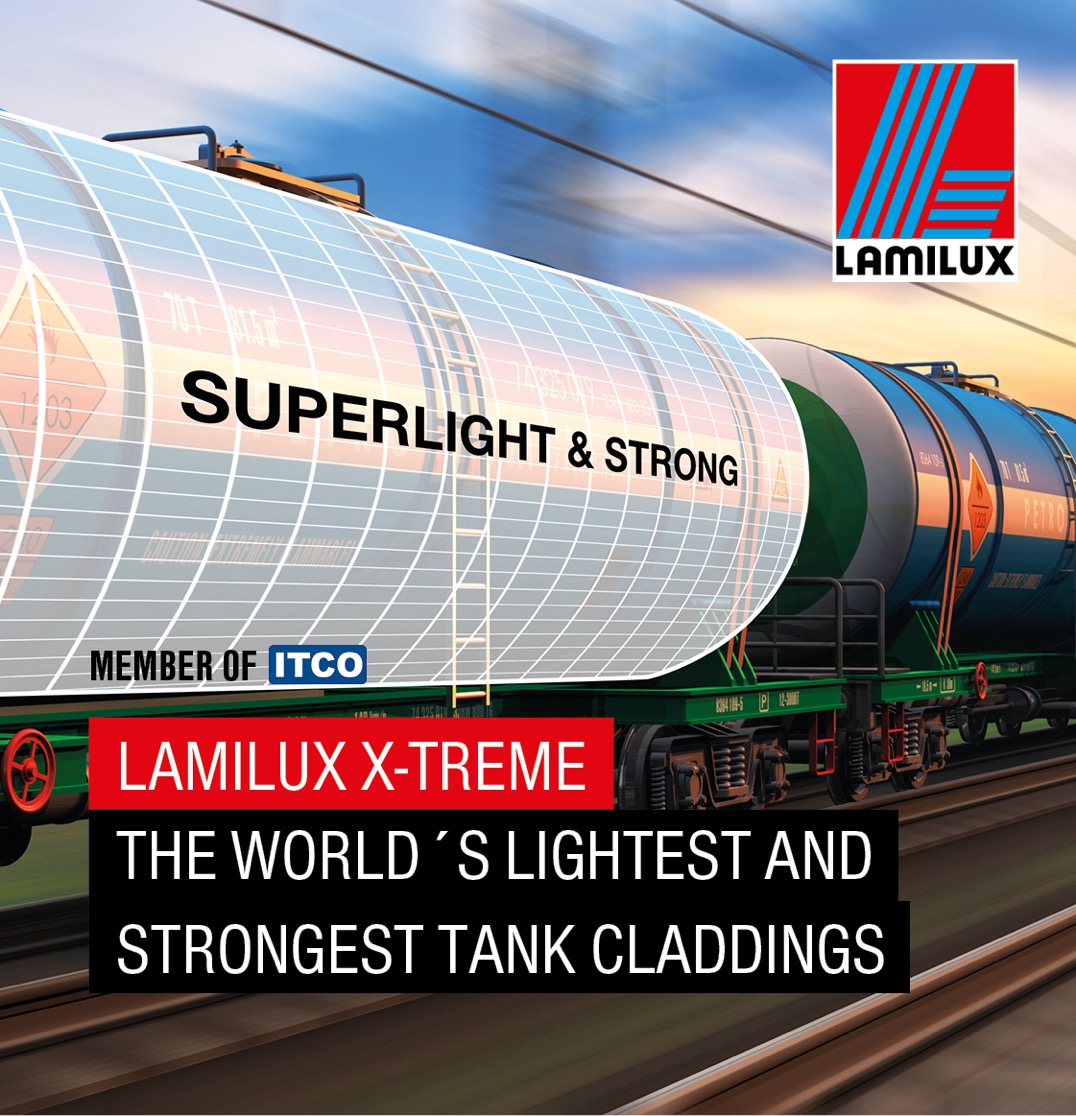Innovation to prevent fire and explosions in hydrocarbon fuel containers
Given the large global consumption of hydrocarbon fuels across all sectors, the associated risks are constantly expanding. The Allianz Global Corporate Specialty study cites fire and explosion as the largest causes for loss claims filed globally from 2013 – 2018.
Furthermore, fire and explosion are among the top ten global business risks in 2021. More than 100 major fuel explosions have been reported, since 2019 around the world, most of which were avoidable.
The risks are driving an expanding market for fuel explosion prevention systems, although the warning and mitigation solutions previously available in the market offer limited respite. An innovation is the ATOM Explosion Prevention System, by ATOM Alloys, headquartered in Dubai, UAE.
The system works with a passive protection module inside fuel containers that does not allow any deflagration to escalate into an explosion. By containing the fire, the system actively prevents loss, reduces disaster risk and gives mitigation systems more time to work better.
The technology is compliant to NFPA 69 standards and is tested and certified by international agencies. A range of products has been developed to suit contemporary industry requirements, helping to upgrade to higher standards of explosion safety and to enable efficient transfer and storage of fuels.
“At the heart of most fuel explosions sits an unprotected tank container,” said Ajit Tharoor, the chief executive officer of ATOM Alloys. “The first tank explosion triggers additional explosions in fuel tanks within the vicinity, thereby multiplying the effect. Our disruptive technological innovation addresses the safety of that unprotected fuel container.”
By equipping every tank container with a passive protection module that is explosion resistant, the technology makes liquid fuel storage and transport tanks explosion resistant. By resisting explosion, ATOM shifts the safety steps from mitigation to hazard prevention. It has multiple product applications, from a jerry can to fuel tankers to bulk storage, which create an ecosystem of safety.
The technology draws on innovation in materials science, design engineering and fire dynamics. A passive protection module works on the three principles of thermal conductance, flame quenching and structured packing.
For more information visit www.atomalloys.com
20th September 2021















